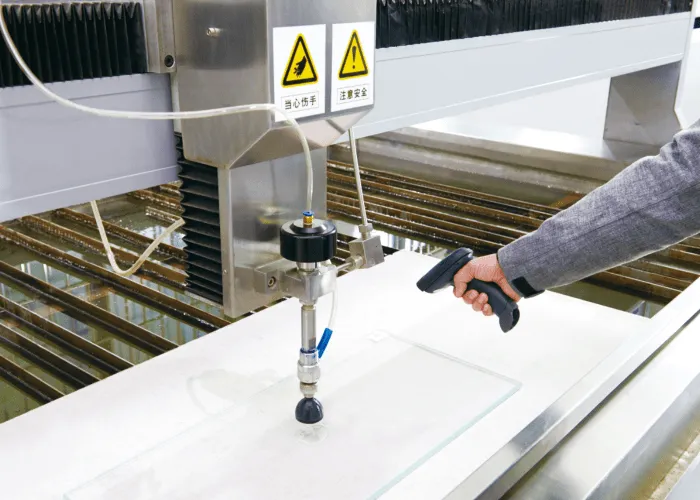Unlocking New Possibilities in Industrial Cutting
Waterjet cutting has emerged as a revolutionary technology in the manufacturing world. Its ability to precisely cut through a variety of materials without compromising their integrity makes it an indispensable tool across many industries. The adaptability of waterjet cutting enables manufacturers to address complex challenges, improve production efficiency, and reduce waste.
Diverse Applications of Waterjet Cutting
Precision in Aerospace Manufacturing
In the aerospace industry, precision is paramount. Waterjet cutting allows for exact shaping of lightweight metals and composites without causing thermal distortion. This precision ensures that components fit perfectly, maintaining the safety and efficiency of aircraft.
Waterjet cutting’s non-thermal nature means materials retain their original properties, which is essential in aerospace parts where strength and durability are critical.
Advancements in Automotive Production
The automotive sector benefits greatly from waterjet cutting due to its ability to handle both metals and plastics with ease. From custom parts to large-scale production, waterjet cutting offers fast and accurate cuts. This technology also helps reduce material wastage, lowering costs and supporting sustainable manufacturing practices.
Manufacturers can quickly adapt to design changes with waterjet cutting, making it ideal for prototyping and flexible production runs.

Materials and Industries Benefiting from Waterjet Cutting
Metal Fabrication and Beyond
Waterjet cutting excels in metal fabrication, handling everything from steel to aluminum with exceptional accuracy. Beyond metals, it also processes materials like stone, glass, ceramics, and composites. This versatility allows industries such as construction, interior design, and electronics to harness waterjet cutting’s benefits.
Medical Device Manufacturing
Medical devices require strict adherence to tolerances and material integrity. Waterjet cutting provides the precision needed for intricate parts used in implants and surgical tools. The clean cutting process prevents contamination and material degradation, which is vital in the healthcare industry.
Why Choose Waterjet Cutting?
Environmental and Economic Advantages
Waterjet cutting is an eco-friendly alternative to traditional cutting methods. It uses no harmful gases or chemicals and generates minimal waste. This reduces the environmental footprint of manufacturing operations and helps companies comply with increasingly strict regulations.
Economically, waterjet cutting can lower production costs by reducing material waste and minimizing secondary finishing processes. Its ability to handle diverse materials also means fewer machines and less setup time are required.
Can Waterjet Cutting Meet Your Industry’s Needs?
Is waterjet cutting suitable for every industry? While it excels in many areas, understanding your specific manufacturing requirements is key. Waterjet cutting’s precision, material versatility, and efficiency make it a strong candidate for industries seeking high-quality results and cost-effective production.
FAQ
What materials can waterjet cutting handle?
Waterjet cutting can process metals, plastics, glass, stone, ceramics, and composites, offering broad versatility across industries.
Does waterjet cutting cause heat damage to materials?
No, waterjet cutting is a cold cutting process that does not produce heat, preserving the original properties of materials.
How does waterjet cutting impact environmental sustainability?
Waterjet cutting uses no harmful chemicals or gases and produces minimal waste, making it an environmentally friendly option.
Is waterjet cutting suitable for small-scale production?
Yes, waterjet cutting is highly adaptable and suitable for both prototyping and large-scale manufacturing.
 EN
EN
 AR
AR
 BG
BG
 HR
HR
 CS
CS
 DA
DA
 NL
NL
 FI
FI
 FR
FR
 DE
DE
 EL
EL
 HI
HI
 IT
IT
 JA
JA
 KO
KO
 PL
PL
 PT
PT
 RO
RO
 RU
RU
 ES
ES
 SV
SV
 TL
TL
 IW
IW
 LV
LV
 LT
LT
 SK
SK
 SL
SL
 UK
UK
 VI
VI
 ET
ET
 HU
HU
 MT
MT
 TH
TH
 TR
TR
 FA
FA
 MS
MS
 SW
SW
 GA
GA
 AZ
AZ
